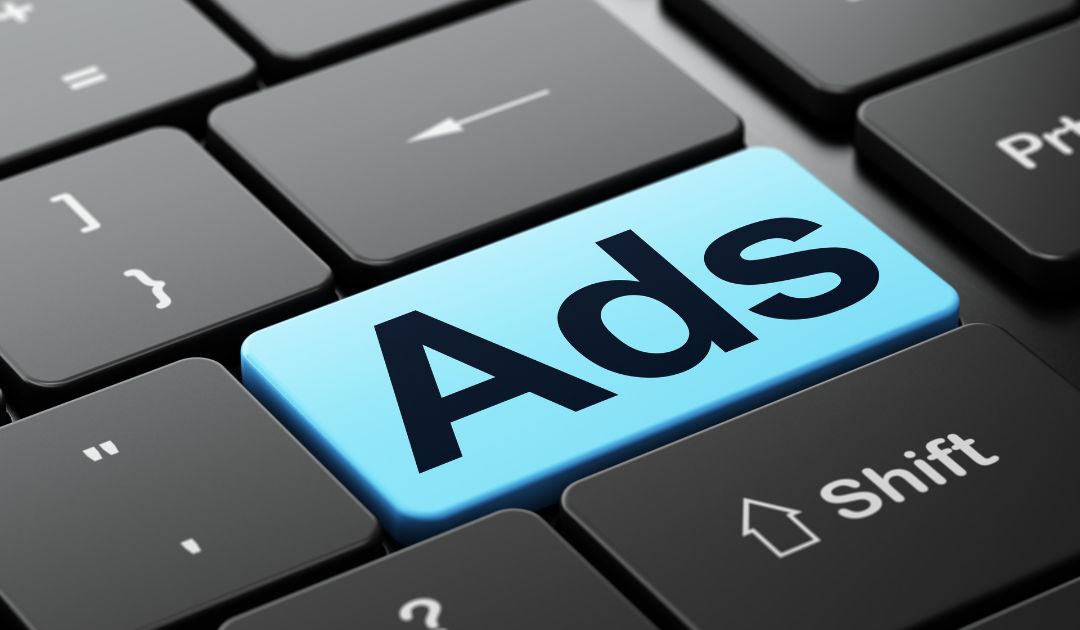
Digital ads require careful strategy, optimization and monitoring. Here are 10 reasons why your ads might have failed and what to do to change that.
Digital ads are challenging. Sometimes, you do everything by the books and still see no results. So what went wrong?
No amount of reading online blogs or how-to books on digital marketing can prepare you for the fact that every business is unique.
There is a reason why professionals make an entire career out of running digital ads for businesses. It’s challenging to do well. So although Facebook and Google offer the ability to run ads to everyone with a credit card, accomplishing your goals with online ads requires careful strategy.
Want to know why your digital ads didn’t succeed? Here’s a list of 10 possible reasons, along with the solution to finding success with online marketing.

Whether you ran the ads on your own or hired a budget freelancer to set everything up for you, the reason for your ads’ limited or lack of success might be any one of these 10 reasons.
Before you run ads, you need to take time to define your audience. And that isn’t just about whether they are male or female, how much money they make, etc. You can’t target income on ad platforms.
You want to get deep into what interests your customers. What challenges are they trying to solve? What opposition might they have to purchasing your product? Build out your customer persona to understand your customer’s needs in a deep and meaningful way. This will make it easier to target your audience.
Even if you’ve taken the time to define your audience, your audience targeting might be off. One small mistake within an ad platform can decrease your ad effectiveness.
You have to spell out what you want your ad viewers to do next. It might be filling out a form, purchasing a product or sharing their email address to get a downloadable asset.
Regardless of what you want your customer to do, you need to make it completely apparent in your ad. Put it in the CTA button and in the ad copy itself. And when describing the action, tell the customer what they’ll get if they complete the activity. This will help increase your conversion rates.
Ad conversion requires careful strategy. You need to have a clear outline of what you want your customer to do and how they’ll do it before running the ad. Thinking you’ll figure it out later will decrease your ad effectiveness.
The first thing your audience likely sees is not the call to action or the ad copy. They likely look at the visual first. It will either draw them in and entice them to click or it won’t. Creating engaging visuals will help you get the most out of your ads and tell the customer more about who you are.
If you have clear brand guidelines and a unique design, your target audience will know that the ad is from you before even looking at the URL or advertiser.
Use clear, easy-to-understand visuals with limited text. Some platforms limit the total amount of text you can use in an image. Facebook is notorious for rejecting ads or limiting their reach when the visual has too much text within it.
If your goal is to get email sign-ups and you’re running impression ads, you likely won’t see the results you’re hoping for. The right type of ad can make all the difference in seeing strong results.
This goes back to outlining a strong strategy before starting an ad campaign. Think about your goals and what action you want the ad viewer to take. Then build your ad around those needs.
For the best results, you should have no less than $500 per month to spend on ads. If your budget is too small, your ad reach will be so limited it will be challenging to optimize your ad to make it produce the results you want.
With an effective ad strategy, you should be able to recoup all advertising expenses in new business and sales from your ad.
Some people test ads for just a week or two and quit because they didn’t get an influx of leads. The problem with that is, that you’re just starting to have enough data to optimize your ads to start reaching the ideal audience to improve results. Sticking with it is an important aspect of digital advertising.
If you ran the same ad throughout the entire campaign, you shouldn’t be shocked that you didn’t see results. Customers need to see your message up to seven times before they’ll buy. And if they’re looking at the same ad each time, they’ll likely start skipping over it and scrolling without even registering your content.
Ad variations will also help you better understand what messaging and visuals resonate with your audience. Run tests to see top-performing ads and adjust your strategy accordingly.
Companies that run always-on campaigns will want to transfer out their text and visuals regularly for the best results. Otherwise, the ads will get stale and customers will start ignoring them.
Ads can’t optimize themselves. They require careful monitoring from an expert who knows what to look for in creating meaningful customer interactions.
You have to stop by and check in on your ads frequently. And this doesn’t mean just looking to see how many impressions and clicks you’ve gotten. You have to dig into the analytics much deeper to see what customer segments are interacting with the ads and adjust the targeting to better match the most successful audience segment.
It’s easy to focus on how many people see your ads and how many clicks on the ad you get. But ultimately, these metrics alone do not translate into new business.
Small business owners who run their own ads often scratch their heads and wonder why they aren’t seeing ad ROI despite high impressions and click rates. The answer is that no amount of impressions or clicks will optimize your ads for conversions.
To see the greatest results, you need to start with a focused ad strategy that outlines your goals and measures the right metrics based on those goals.
Before directing online ad traffic to your website, you need to focus on making it customer-centric. Investing in online ads might increase your website traffic, but it won’t fix conversion issues.
If load speeds are too slow and customers don’t know the best next step in their journey with you as a customer, you simply won’t earn their business. You have to focus on a strong online presence before investing in advertising.

No amount of money invested in online ads can make up for a lack of an online marketing strategy. Ads augment other aspects of your online strategy, including:
You need an all-encompassing strategy to focus on running the right ads for the right audience on the right platforms. For a complete online strategy that builds cohesion and ensures the greatest chance of success for your digital ads, schedule a free consultation with New Light Digital. We’ll review the marketing initiatives you’ve tried and look for improvement areas to optimize them to the fullest.
Further reading: